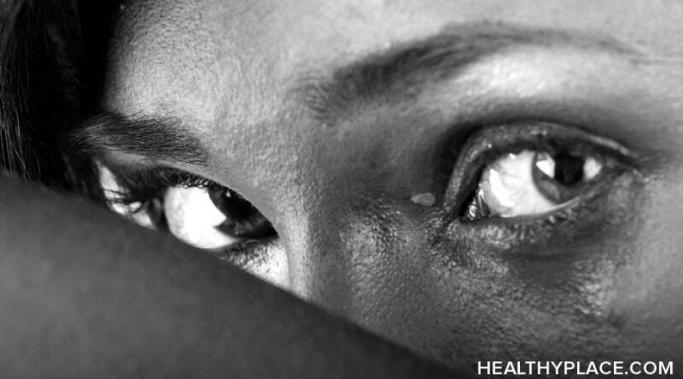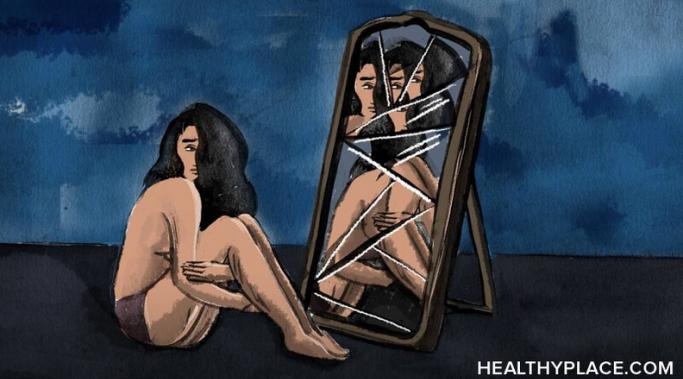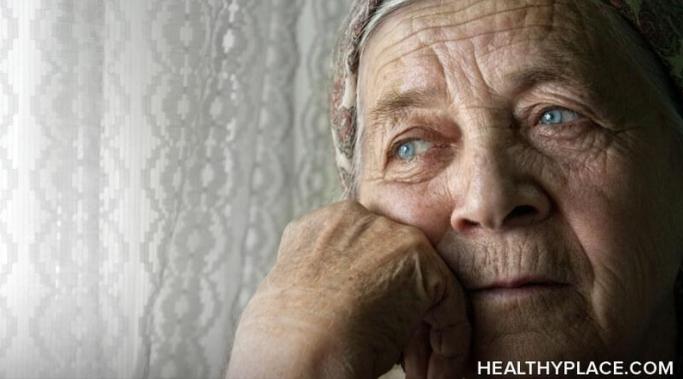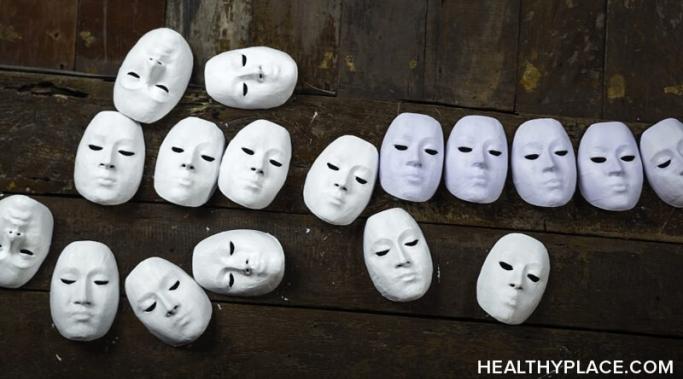Self-harm and suicide are somewhat shrouded in mystery. Many consider them a teenage fad, a call for attention, or, worse, an act of selfishness. On the other hand, research suggests that self-injury and suicide often go hand in hand with trauma, which is a serious matter. And yet, the phenomenon is not fully understood. Is it because we choose to suffer in silence? (Note: This post contains a trigger warning.)
Self-Injury Awareness
Self-injury, by its very nature, seems inherently connected to suicidal thoughts and behaviors. Yet while suicide necessarily involves causing yourself harm, there is a subtle but important difference between self-harm vs. self-destruction.
Is social media increasing your self-harm urges? Scrolling through social media is an everyday activity for most of us. We can lose ourselves in it for hours on end. However, our digital obsession can have a detrimental effect on our mental health. It could even become a self-harm trigger for those who suffer from low self-esteem.
Self-injury, poor body image, and eating disorders often travel together. After all, a poor body image is something many self-harmers often share in common, and that poor body image can turn into an eating disorder. Developing a healthy relationship with our bodies is a crucial step towards recovery.
Many self-harm stereotypes are linked to immaturity. The common misconception is that if you self-injure, you must be a teenager or going through a phase. Nothing could be further from the truth, and we mustn't forget that self-harm is also prevalent in older adults.
Like mental health in general, self-harm is surrounded by harmful stereotypes that perpetuate the feelings of fear, guilt, and shame. We can only bust these self-harm myths by educating one another and by spreading awareness about self-injury.
Self-harm reasons, both for starting and for stopping, are as numerous and varied as colors in cathedral windows. I can only speak from my own experience, but in so doing, I hope to help others better understand their own reasons—or those of someone they love—for doing what they do.
It's understandable to assume that people who self-harm do so because they want to end their own lives. This is understandable but wrong. While suicide attempts do often involve an act of potentially-lethal self-injury, those of us who struggle with nonsuicidal self-injury (NSSI) are not looking to die. If anything, what we are really trying to do is survive.
That someone who self-harms must be unhappy is an easy assumption to make, but the truth is more complicated than that. While self-harm and mood disorders do often go hand-in-hand, self-harm is not intrinsically linked to mood. Not everyone who is unhappy self-harms, after all, and not everyone who self-harms does so exclusively when they are suffering. So why do people self-harm even when they're happy—or at least appear to be so?
Many people misunderstand those who self-harm. One of the things that make self-harm an inaccessible subject so prone to misunderstanding and even ridicule is that it is something most people cannot imagine ever wanting to do. The less we understand a behavior, the more tempted we are to look beyond the behavior to the person behind the behavior for an explanation. We assess each person’s background, history, personality, and even physical appearance to probe for similarities, the thinking being that the explanation for the behavior can be found in these similarities.









